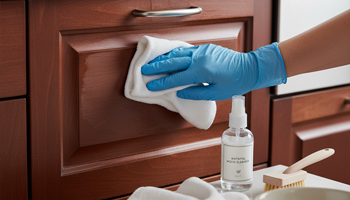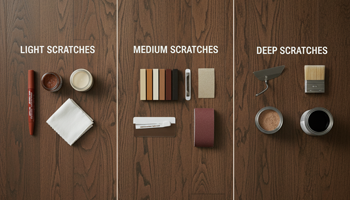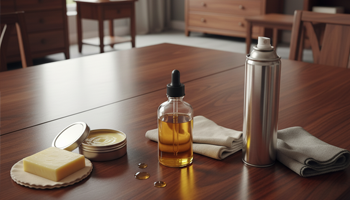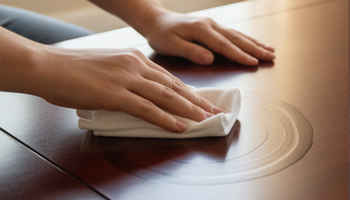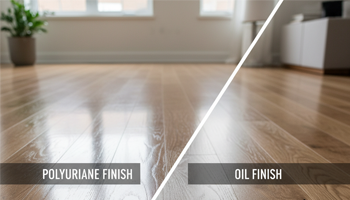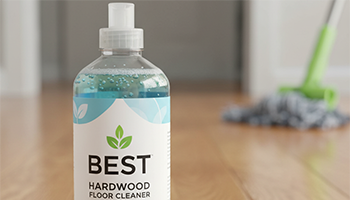Interior Wood Care
Make interior-wood decisions that balance indoor air quality, finish durability, and lifetime cost. In this category, we compare cleaning chemistries, finish systems (oil, water-based polyurethane, wax), and maintenance calendars for floors, furniture, stairs, and trim—so you optimize longevity, safety, and total cost, not just looks.
Hardwood Floor Systems
Set smart routines by finish type and traffic level. Protect factory UV-cured urethane differently than site-finished oil; use pH-balanced cleaners that won’t leave residue; and time screen-and-recoat before you ever hit bare wood.
Read next:
• Hardwood Floor Care Masterclass • Best Hardwood Floor Cleaner • Polyurethane vs Oil Finish for Hardwood Floors • Refinishing Hardwood Floors • Repair Scratches in Hardwood Floors
Cleaning Chemistry (Indoor-Safe)
Match chemistry to the problem: neutral cleaners for daily soil, enzyme/solvent tactics for kitchen grease, oxalic-style approaches for water marks, and strict pH control to avoid haze or tackiness. Skip ammonia and steam on oil-finished floors to protect bond strength.
Read next:
• Best Hardwood Floor Cleaner • How to Clean Greasy Wood Kitchen Cabinets • Remove Water Stains from Wood Furniture
Finishes, Sheen & Longevity
Choose finish by use case and maintenance appetite. Water-based poly wins for fast cure and non-yellowing clarity; oil-modified brings warmth and easy spot-repair; wax and polish can enhance luster but need disciplined upkeep. Align sheen (matte–gloss) with scratch-hiding and slip targets.
Read next:
• Polyurethane vs Oil Finish for Hardwood Floors • Best Wood Polish
Furniture & Cabinets (Kitchen-Grade)
Combat airborne grease, UV from windows, and cup-ring disasters with routine degreasing, coaster habits, and periodic polish or oiling that matches the existing topcoat. Prioritize non-toxic methods where food or hands contact surfaces daily.
Read next:
• How to Clean Greasy Wood Kitchen Cabinets • Remove Water Stains from Wood Furniture • Best Wood Polish • Food-Safe Wood Oil
Humidity, Stairs & Trim (Movement Control)
Control seasonal gaps, cupping, and paint-crack lines with stable indoor RH (ideally 35–50%), smart HVAC runtimes, and acclimation windows for renovations. Stairs and tall trim need special attention for fast swing zones like entryways and kitchens.
Read next:
• Humidity Control for Hardwood Stairs & Trim


